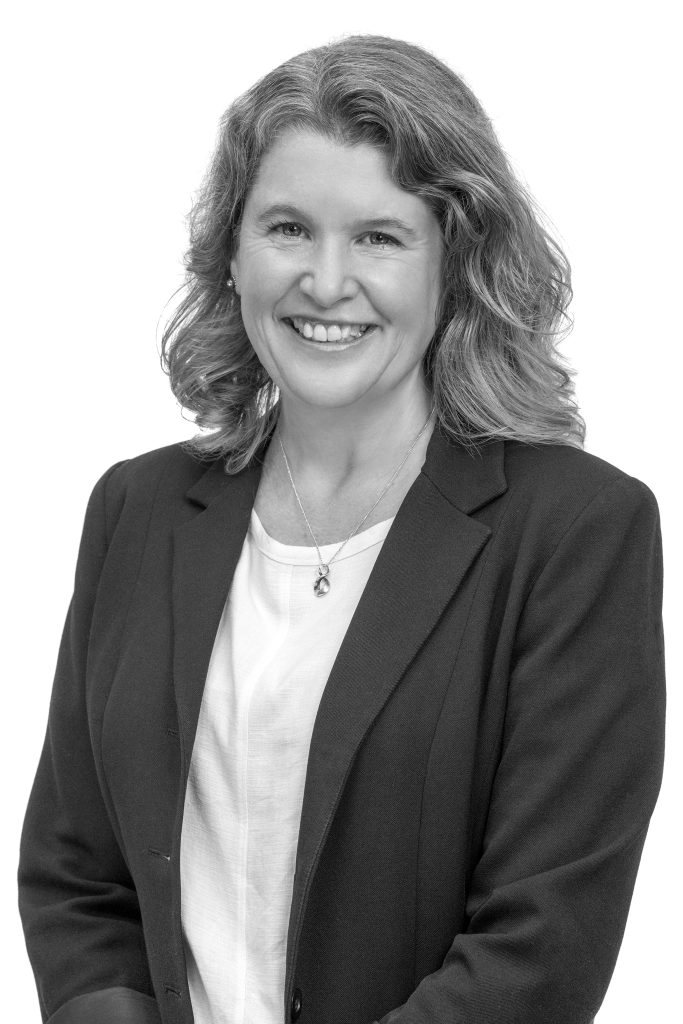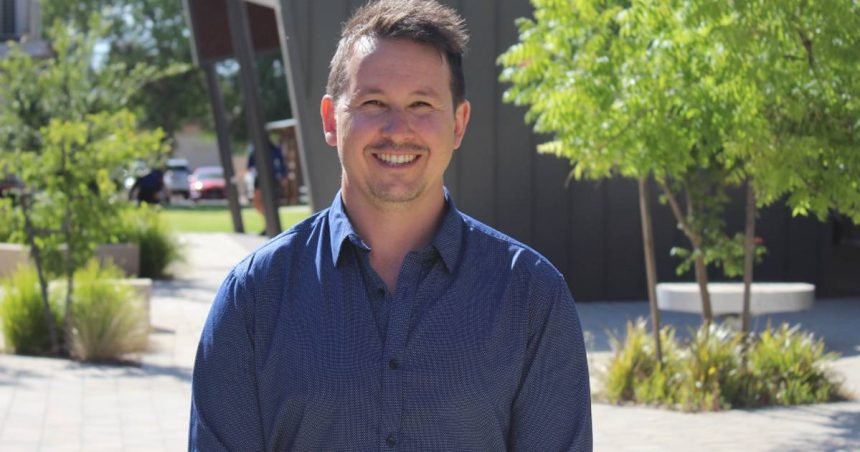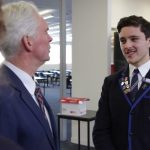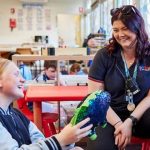As children’s mental health issues continue to rise across in communities across Australia, Schools Plus is calling for quicker action and widespread support towards proven strategies that address children’s well-being and avoid teacher burn-out across disadvantaged schools.
Schools Plus is a national not-for-profit that supports children to have the opportunity to thrive through school and beyond. Schools Plus was founded following a recommendation in the first Gonski Review, which identified a need for philanthropic funding in schools to help close the education gap caused by disadvantage.
Their call for action to support disadvantaged school communities follows the release of new findings from its Every Child, Every Opportunity report that reveal the compounding impact that teacher burn-out and shortages are having on school communities, with demand for well-being-related initiatives ranking as the highest priority schools face.
Educator Professional Development, Well-being Navigators and School-based Well-being Hubs are three proven strategies that Schools Plus have successfully introduced in disadvantaged communities to enhance the physical, emotional, and mental well-being for teachers, students, and their families – and they believe they are the key to driving change in disadvantaged Aussie classrooms as the demand for solution-driven initiatives continues to rise.
Key findings from Schools Plus report:
- Children’s well-being has become schools’ highest priority since 2020, when a series of natural disasters occurred and the COVID pandemic began.
- Demand for support for well-being-focused initiatives has grown from 31 per cent of applications in 2018 to 48 per cent in 2023.
- The pandemic’s long tail is having a negative impact in the classroom. 49 per cent of well-being-focused applications in 2023 identified the need to build children’s social and emotional skills so they can manage their emotions and behaviour and build healthy relationships.
- Demand for teacher development is high. 71 per cent of well-being-focused applications in 2023 identified professional development for teachers as the best strategy to better support children’s well-being. This is driven by the fact that 53 per cent of teachers stating they don’t feel well-equipped to deal with well-being and mental health issues.
- In addition, intentions to leave the profession prior to retirement decreased to the lowest recorded level in 2020 (21 per cent), however in 2022, intentions to leave increased to their highest recorded level in the ATWD (35 per cent).
Commitment to helping school students thrive
Schools Plus’ CEO Sherrill Nixon says there are clear solutions to address the growing well-being
issue playing out in disadvantaged schools that is posing a risk to the future of children and
educators, however more funding is needed for wider application across schools.
“The well-being of children and young people – and how it supports their ability to learn at school –
could not be more critical to Australia’s future. Yet, as this report shows, poor student well-being is a
rapidly growing problem in our most vulnerable communities. At its most extreme, poor well-being is also
playing a part in the rising number of students who are not showing up to school at all. Equally, more
support is needed to help our educators. The lack of adequate resourcing is leading to higher
teacher burnout and increased intentions to leave the profession,” Nixon says.

She told EducationDaily that “we’d been seeing the increase in demand for wellbeing support for a few years, so it’s no great surprise to see it now emerge as the number one priority of schools – especially given the long recovery from COVID and natural disasters”.
“What I found interesting was the changing nature of schools’ efforts to improve children’s well-being. In recent years, the interventions we’ve helped deliver are much more sophisticated, strategic and targeted as wellbeing challenges become more complex.”
Nixon told EducationDaily that teachers should be admired and says “they are working so hard to improve children’s well-being so students can engage fully in their learning”.
“But they tell us they need more support. We’ve identified three solutions we’ve rolled out in partnership with disadvantaged schools to improve children’s well-being. They are professional development for educators in things like trauma-informed practice; a dedicated ‘well-being navigator’ role to connect students and their families with health professionals outside of schools; and well-being hubs, where schools invite GPs, psychologists and allied health professionals on-site so kids can have quick and easy access to care.”
“Now we’re calling on governments and the philanthropic community to work with us so these solutions can be rolled out nationwide.”
Nixon says the need to boost children’s social and emotional skills is more important than ever – especially as schools are still dealing with the fall-out of COVID’s impact on the generation of students whose education was interrupted.
“What teachers and mental health professionals are telling us is that this had the effect of stunting children’s social and emotional growth, and it’s now being seen in increased anxiety, behavioural issues, difficulties in forming relationships and even school refusal or reluctance. It’s a major priority for schools, to build those skills so children can have the confidence to thrive at school and beyond.”
Additional funding is needed
Schools Plus acknowledges current efforts from governments to improve student well-being, with
recommendations from the report aligning closely with government priorities. But, schools still need
additional funding and resources to tackle this issue. Between 2018 and 2023, schools sought $25.8
million from Schools Plus to address the well-being and mental health challenges emerging in their
communities.
Through benchmarking the needs of nearly 2000 schools over the past six years, Schools Plus has
been able to show just how vital schools are in their contribution to positive well-being and mental health for young students. To broaden the impact that Schools Plus is having in Australia’s most disadvantaged communities, Nixon says these pivotal actions are required:
- Educator Professional Development: All educators, including trainee teachers, should have
access to timely, evidence-based professional development to help them create safe and
supportive learning environments, identify student needs, and implement strategies to
support student engagement in learning. - Well-being Navigators: All disadvantaged schools should have access to trained and
dedicated ‘wellbeing navigators’ to coordinate effective identification, prevention, and early
intervention wellbeing and mental health strategies. - School-based Well-being Hubs: Establish well-being hubs that place all disadvantaged schools
at the epicentre of tailored and tiered well-being and mental health support, including timely
and affordable access to on-site experts such as GPs, psychologists, and social workers.
“These recommendations – if expanded to more disadvantaged schools – will lead to improved
children’s well-being and learning outcomes, support educators and drive enhanced outcomes for
society. We call on governments and the philanthropic community to collaborate with us to scale
these interventions to a significantly greater number of schools,” Nixon says.
Case study – Berri Regional Secondary College (SA)
In 2022, Berri Regional Secondary College, in South Australia’s Riverland region, consolidated its dual campus and welcomed Year seven students for the first time. This transition coincided with external factors relevant to students’ well-being, including the 2022–2023 River Murray flood event, which had an unprecedented impact on local homes, businesses, and infrastructure. This was exacerbated by the changing demographic of the community as many new families moved to the region seeking affordable housing, intensifying the existing rental crisis. Additionally, students did not feel a sense of ‘normality with learning’ since COVID.
With the aim of developing long-term, sustainable improvements in students’ well-being and mental health, critical for a successful and thriving community, the College set out to develop a Well-being Hub with a ‘Doctors on Campus’ initiative and a mentoring and volunteering scheme.
Partnering with Schools Plus provided funding and coaching support that was critical to establishing the project. ‘Doctors on Campus’ has established partnerships with two external providers to deliver medical and psychology appointments on site. With approximately 100 students accessing appointments since Doctors on Campus began, this initiative demonstrates the benefits of bringing services directly to students, and the value of providing healthcare to families without the means to access these services independently. The school has seen non-attenders come onto the campus to access appointments, and families of disengaged children now view the school as nurturing and supporting their children beyond the classroom. Several students have been referred to additional support services after attending appointments: Two students are now safely living out of domestic violence homes and one student, after working with the psychologist to overcome a complex trauma background, ranked in the top four of SACE results at the school.
The employment of a part-time Community Connections Coordinator, providing a dedicated resource to initiate and manage mentoring and volunteering opportunities for students within the community, has contributed to the success of the Well-being Hub. This joint initiative between the school, Our Town Berri, and Volunteering SA/NT, was the first in South Australia. This approach has facilitated volunteer opportunities for students with approximately 45 community organisations including aged care, primary schools and childcare, charities, Land Care, and the local council. More than 60 per cent of all students volunteered throughout 2023, achieving over 4000 volunteer hours. Over 50 students have used volunteering to contribute to their SACE, and 70 per cent of First Nations students have engaged with the program.
As a result, the school has seen improved attendance, well-being, and engagement at school, and
‘unbelievable’ community engagement with the program. There has been significant improvement in attendance data when students volunteer, as well as a seven per cent improvement in overall happiness, an 11 per cent increase in resilience, and an eight per cent decrease in worry with identified cohorts since 2022. The project has changed the perception of young people in the town, with community members seeing
students making a positive contribution to the region.
Proud principal leads healthier – and happier – school community
Clinton Ridgway is the Principal at Berri Regional Secondary College He began his teaching career in 2009 at Glossop High School, where he has since held various roles, including Health and Physical Education, Design and Technologies, and multiple leadership positions such as Sports and Year Level Coordinator, Assistant Principal, and Deputy Principal.
He told EducationDaily that the school community was severely impact by the recent floods – both on a logistical level and an emotional one.
“We were impacted, firstly, by the access to surrounding towns, due to not being able to cross the river – and for some of our staff and families, that meant increased travel time,” Ridgway says.
The inability to enjoy previously regular recreational activities, including fishing and water-skiing, that were so important to many members of the community caused a specific grief too. When combined with loss of homes and businesses, as well as other issues in the region, including lack of childcare facilities, cost-of-living pressures, and the lingering legacy of the COVID-19 pandemic – manifested in the increase of social media use, the impact of AI technology, addictions to online gaming activities and other socialisation-related problems – also played a part in the school community’s health and well-being.
“What we saw was declining school attendance or spasmodic attendance trends for our students, increasing anti-social behaviours escalating, a lot of low-resilience issues in our students, increased anxiety levels – with students struggling to connect with each other. – and things like organised sport that was so important to the community saw a massive decrease in numbers,” Ridgway told EducationDaily.
“What we were seeing was just a lot of young people staying home. They were interacting online and what we found, over a period of time, was that they struggled to communicate with each other face-to-face.”
Setting up a school-based well-being hub, says Ridgway, was “able to provide immediate support to those students”.
That support may have been medical attention, but it also helped identify and care for students who were “anxious or hungry, angry, tired – you name it”.
“Anything related to well-being – they were supported in real-time,” Ridgway says.
“By partnering with Schools Plus, we were able to use those funds to contextualise that and get the support for those specifically in need – and especially that top 10 per cent.”
He says one great example of that was being able to get a psychologist down from Adelaide – around 250 kilometres away.
For families needing that support for their children or themselves, seeing a specialist psychologist might have meant parents taking time off work to undertake a six-hour round trip – if they could even get past the lengthy waitlists to get an appointment.
“But using our well-being hub, a psychologist was able to come to our site once a week and kids were able to get the support they needed, which was a big part of getting them back at school and into the community.”
While the benefits to the school’s 700 students from Years seven – 12 and their families are obvious, Ridgway says the positive impact on the 65 teachers and 40 additional support staff working at the school is also important.
“Parents and community members are really happy. It’s not only disadvantaged families benefiting – some of our advantaged families are also very happy with this resource,” he says.
“We have a lot of students whose parents are teachers and when do they have time to take time away from work? By having this hub accessible to the community for three years now, more students have the ability to access (mental health and health) support. It’s not a shame thing. It’s just about providing a positive environment for all.”








